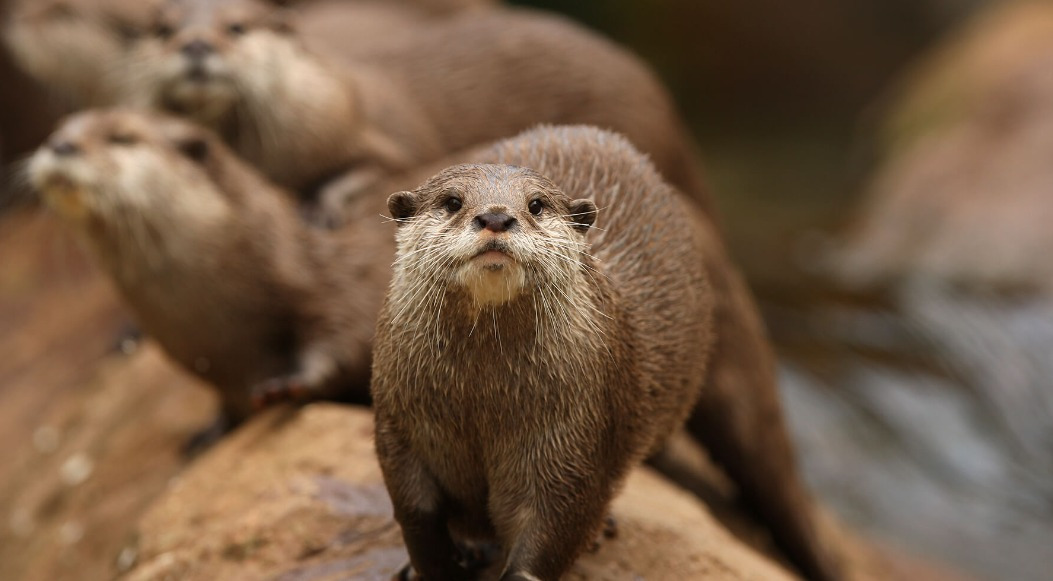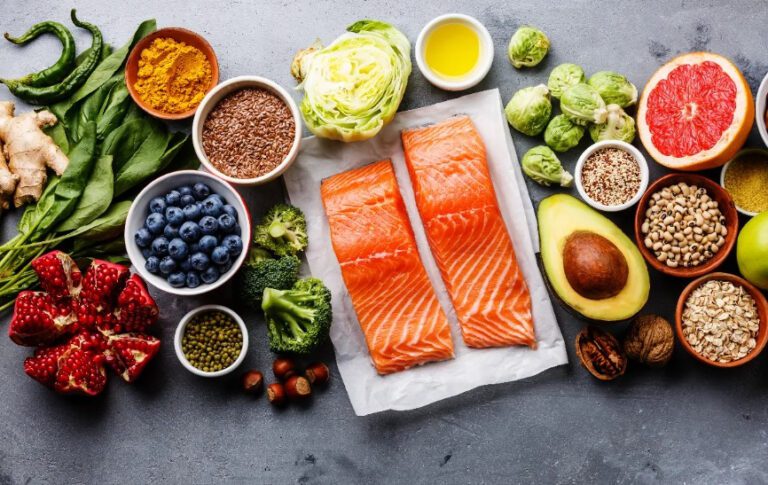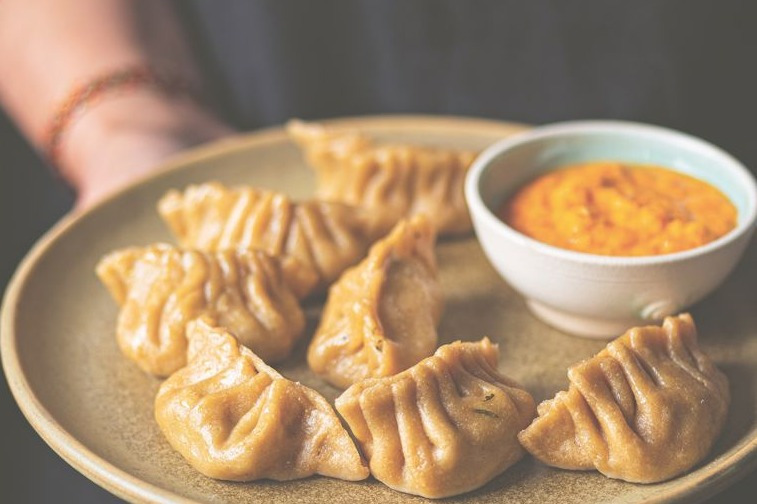Otters Favorite Foods and Diet | Fascinating Feeding Facts
Discover what otters eat, from fish to shellfish, and how their diet supports aquatic ecosystems. Learn more!
Introduction
Otters, those enchanting mammals that glide effortlessly through water, have a diet as fascinating as their playful antics. This article delves into the various aspects of otters’ favorite foods, providing insights into what these aquatic creatures love to eat and how it reflects their natural habitat and survival strategies.
Understanding Otters and Their Dietary Preferences
Carnivorous Nature
Otters are carnivores, which means their diet primarily consists of meat. They rely on aquatic ecosystems for sustenance, feeding on a variety of prey such as fish, crustaceans, mollusks, and even small amphibians.
Diverse Menu Based on Habitat
An otter’s habitat plays a significant role in shaping its diet:
- River Otters: Found in freshwater environments, river otters enjoy fish, frogs, turtles, and small invertebrates. Slow-moving fish like catfish and trout are preferred due to their ease of capture.
- Sea Otters: Living in coastal waters, sea otters feast on crabs, sea urchins, mussels, clams, abalones, and snails. They also eat fish but lean heavily on shellfish.
- Giant Otters: Native to South America’s rivers, these otters primarily hunt fish but occasionally eat crabs and small mammals.
Otters Favorite Foods
Fish
Fish is a favorite across all otter species. River otters hunt freshwater fish like perch and trout, while sea otters catch herring and anchovies.
Crustaceans
Crabs, lobsters, and shrimp are high on a sea otter’s list. Using their dexterous paws, they pluck crustaceans from their hiding spots and crack them open with ease.
Mollusks
Sea otters particularly enjoy clams, oysters, and mussels. These hard-shelled delicacies are often consumed using tools such as rocks to break them open.
Sea Urchins
Sea urchins are a favorite of sea otters, providing a vital source of nutrition. By controlling sea urchin populations, otters play a critical role in maintaining healthy kelp forests.
Amphibians and Reptiles
River otters sometimes include frogs, salamanders, and even small turtles in their meals, especially when fish is scarce.
Kelp
While otters are carnivorous, sea otters occasionally consume kelp. Not only does it provide some dietary variation, but it also acts as an anchor while they rest in the ocean.

Unavailing Diverse Palate of Otters in Detail
Exploring the Aquatic Diet: Fish as a Staple
Fish constitute the bulk of an otter’s diet, serving as a reliable and nutritious food source. The otter’s streamlined body and swift swimming skills make it an expert fish hunter. This section will explore the types of fish otters prefer and how they hunt them.
- Eels – A Summertime Favorite: Eels, particularly favored in the summer, pose a unique challenge for otters due to their slippery nature. This subsection will discuss why eels are a preferred choice and how otters manage to catch them.
Crustaceans: A Crunchy Addition to the Otter Menu
Crustaceans, including crabs, lobsters, and shrimp, add variety to the otter’s diet. Their hard shells are no match for the otter’s strong jaws and sharp claws. This section will explore the role of crustaceans in an otter’s diet and their nutritional value.
Mollusks and Amphibians: Diverse Delicacies for Otters
Otters also feast on mollusks like clams and snails, as well as amphibians like frogs. This section will discuss the importance of these food sources and how they complement the otter’s diet.
Small Birds and Eggs: Opportunistic Feeding Habits
Occasionally, otters will consume small birds and eggs, showcasing their opportunistic feeding habits. This section will discuss how these food items fit into the otter’s diet and the circumstances under which otters hunt for them.
Small Mammals: An Occasional Treat for Otters
While less common, small mammals can also be part of an otter’s diet. This section will explore how and when otters hunt for small mammals and the significance of these prey in their overall diet.
Seasonal Variations in an Otter’s Diet
Otters, the charismatic inhabitants of our waterways, exhibit fascinating seasonal variations in their diet. These shifts are a testament to their adaptability and the changing availability of food sources throughout the year.
Spring and Summer: Abundance and Variety
In spring and summer, when aquatic life is abundant, otters enjoy a varied diet. This is the time when they feast on a rich mix of fish and amphibians, with fish like trout and salmon being particularly prevalent. Additionally, otters may capitalize on the breeding seasons of certain prey, like frogs and crustaceans, to diversify their intake.
Fall: Preparing for Winter
As fall approaches, otters begin to focus on building up fat reserves for the colder months. They might increase their consumption of fatty fish and eels, which are high in calories and essential for sustaining their energy levels. In some regions, otters might also take advantage of migrating fish species during this period.

Winter: Focus on Accessibility
Winter poses a challenge due to the reduced availability and accessibility of food. Otters adapt by targeting prey that is easier to catch in cold conditions, such as slower-moving fish or those trapped under ice. In some cases, they may also rely more on small mammals or birds that are available in their habitat.
Adaptability to Local Conditions
Importantly, the diet of otters varies not just seasonally but also geographically. Otters in different regions adapt their seasonal diet based on the local ecosystem and the prey available there. For instance, sea otters may rely more heavily on shellfish throughout the year, while river otters may have a more diverse diet depending on the river’s fish population.
Unique Feeding Habits of Otters
Tool Usage
Sea otters are among the few animals known to use tools. They use rocks to crack open tough shells, often carrying their “tools” in loose skin pockets under their forearms.
Floating Feasts
Sea otters are famous for their dining posture—floating on their backs while holding food in their paws. This behavior makes them a delight to watch in the wild.
High-Calorie Diets
Otters have high metabolisms, especially sea otters. They consume about 25% of their body weight daily to maintain their energy and body heat in cold water. River otters, while less demanding, still eat 15-20% of their body weight.
Why Otters’ Diets Matter
Keystone Species
Sea otters are a keystone species, meaning they have a profound impact on their ecosystem. By preying on sea urchins, they prevent overgrazing of kelp forests, which are vital for marine biodiversity.
Indicator of Ecosystem Health
The presence and dietary habits of otters often indicate the health of their habitat. A thriving otter population signifies a well-balanced aquatic ecosystem.
How Otters Find and Eat Food
Diving Skills
Otters are exceptional divers, capable of holding their breath for several minutes while hunting underwater. Sea otters dive to the ocean floor to collect clams, sea urchins, and other delicacies.
Sharp Teeth and Strong Jaws
Otters have strong, blunt teeth that help them crush hard shells and chew tough prey like crustaceans.
Cooperative Hunting
In some cases, otters hunt in groups. This behavior is particularly observed in giant otters, who coordinate to catch larger prey.
FAQs:
What do otters mainly eat in the wild?
Otters primarily feed on fish, which is the staple of their diet. They also consume crustaceans, amphibians, and occasionally small mammals and birds, depending on availability.
How do otters catch their prey?
Otters use their agile swimming skills, sharp teeth, and dexterous paws to catch prey. They can dive and chase fish underwater, and some species use tools to open hard-shelled crustaceans.
Do otters eat plants or are they strictly carnivorous?
Otters are predominantly carnivorous, focusing on meat-based diets like fish, crustaceans, and small mammals. They rarely consume plants, as their dietary needs are met by animal sources.
How does an otter’s diet change with the seasons?
An otter’s diet varies seasonally, depending on prey availability. In summer, they may prefer fatty fish like eels, while winter might see an increase in crustaceans or amphibians.
Can otters adapt their diet based on their habitat?
Yes, otters can adapt their diet based on their habitat. Freshwater otters may eat more amphibians and insects, while sea otters often consume marine crustaceans and fish.
How is the diet of captive otters different from those in the wild?
Captive otters are typically fed a controlled diet that includes fish, meat, and specialized feed, ensuring balanced nutrition that mimics their natural diet but lacks the variety found in the wild.
Conclusion:
In conclusion, otters have a diverse and fascinating diet that reflects their adaptability, hunting skills, and the health of their ecosystem. Understanding their dietary preferences not only gives us insight into these charismatic creatures but also underscores the importance of preserving their natural habitats for their continued survival and well-being.







